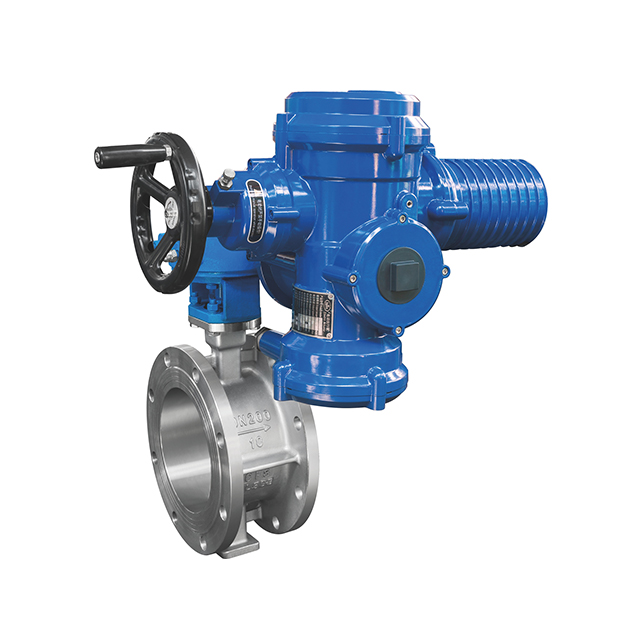Table of Contents
ToggleButterfly valves consist of four major components: a valve body, a disc, a stem, and a seat. Each of these parts has a unique purpose. The butterfly valve’s disc, or “butterfly,” is attached to the stem through a former. In order to operate the valve, the stem connects to an actuator on the outside of the valve. When the butterfly valve is closed, the disc blocks the flow of fluid between the upstream and downstream piping. The butterfly valve also features a seal that prevents stem leakage.
Another type of butterfly valve is the lug style, which features threaded inserts on the outer surface of the valve. Two sets of bolts connect the flanges on either side of the valve. Lug-style butterfly valves are also called lug-style valves because they allow for easy removal and maintenance. They’re best suited for applications where maintenance is required frequently. You can even install a butterfly valve yourself.
What is a Butterfly Valve?
A butterfly valve is a quarter-turn rotary valve that initiates flow control and throttling. The valve’s rod is shaped like a butterfly’s wing, and the disc moves like its wing when the butterfly lands. A butterfly valve can also be bidirectional. Their basic operation is similar to that of a ball valve, but they are smaller, cheaper, and less complicated to install.
The type of fluid that a butterfly valve is designed to handle is the first step in selecting the right one. Butterfly valves can accommodate gases, liquids, and even bulk solids. The type of material the butterfly valve is made of will also impact how it functions. If the media is corrosive, it will require a stainless steel butterfly valve. On the other hand, general fluids can be handled by carbon steel and other less expensive alloys.
What Does a Butterfly Valve Look Like?
If you’re wondering what a butterfly valve looks like, you’re not alone. In fact, most of us aren’t even aware of this common type of valve. Butterfly valves come in many shapes and sizes, but they all work in the same general way. They are used to control the flow of fluids by blocking or isolating the flow. Their closed mechanism is based on a rotating disk.
The most common type of butterfly valve is the quarter-turn type. Its disk rotates a quarter-turn to direct fluid flow. When closed, the valve prevents any flow, while when fully opened, it allows almost unrestricted fluid passage. These valves can be adjusted incrementally, making them ideal for controlling the flow of fluids between two pipes. In addition, butterfly valves are much lighter than ball valves and are less expensive.
The shape of a butterfly valve can vary depending on its type. Some butterfly valves are designed to be sandwiched between flanges, and others are lug-styled and sleeve-styled. All three styles have their benefits and drawbacks, but there are some basic similarities between each. The main advantage of this type is its ease of installation. You can also find them in both wafer and lug-style designs.
Butterfly valves have four main parts. The disc, valve body, and stem are all part of the valve. The disc aligns with the center of the piping system and connects to an actuator on the outside. The disc, which is usually a lug-type valve, is perpendicular to the flow in the closed position. The o-ring around the valve seat prevents it from leaking when it is closed.










